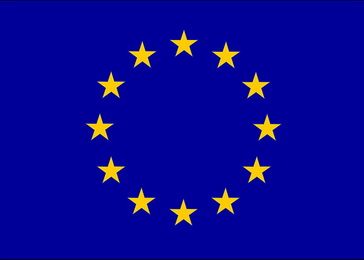 At a time when unemployment remains unacceptably high, and European societies need to urgently address the challenge of social inclusion, the new priorities reinforce joint work at the European level.
At a time when unemployment remains unacceptably high, and European societies need to urgently address the challenge of social inclusion, the new priorities reinforce joint work at the European level.
The priorities aim to make sure education and training systems promote employability, skills and innovation, increase social mobility and equality, prevent violence and fanaticism and lay the foundations for democratic values and active citizenship.
The European Commission proposes six new priority areas for Education and Training 2020 (ET 2020), down from 13 during the previous work cycle:
- Relevant and high-quality skills and competences for employability, innovation, active citizenship;
- Inclusive education, equality, non-discrimination, civic competences;
- Open and innovative education and training, including by fully embracing the digital era;
- Strong support for educators;
- Transparency and recognition of skills and qualifications; and
- Sustainable investment, performance and efficiency of education and training systems.
ET 2020 was established by Council conclusions of 12 May 2009. Underpinned by the lifelong learning concept, the strategy covers learning in all contexts – whether formal, non-formal or informal – and at all levels.
Today’s need for flexible transitions between learning experiences, indeed, requires policy coherence from early childhood education and schools through to higher education, vocational education and training and adult learning.
European cooperation in these areas brings EU countries and the European Commission together with relevant stakeholders and takes the form of joint analysis, mutual learning, periodic monitoring and reporting, peer-to-peer exchanges and the development of shared tools such as quality frameworks, policy handbooks and recommendations.
Source: ec.europa.eu
 Government of the Republic of Serbia
Government of the Republic of Serbia















 pdf [271 KB]
pdf [271 KB]
Leave a Comment